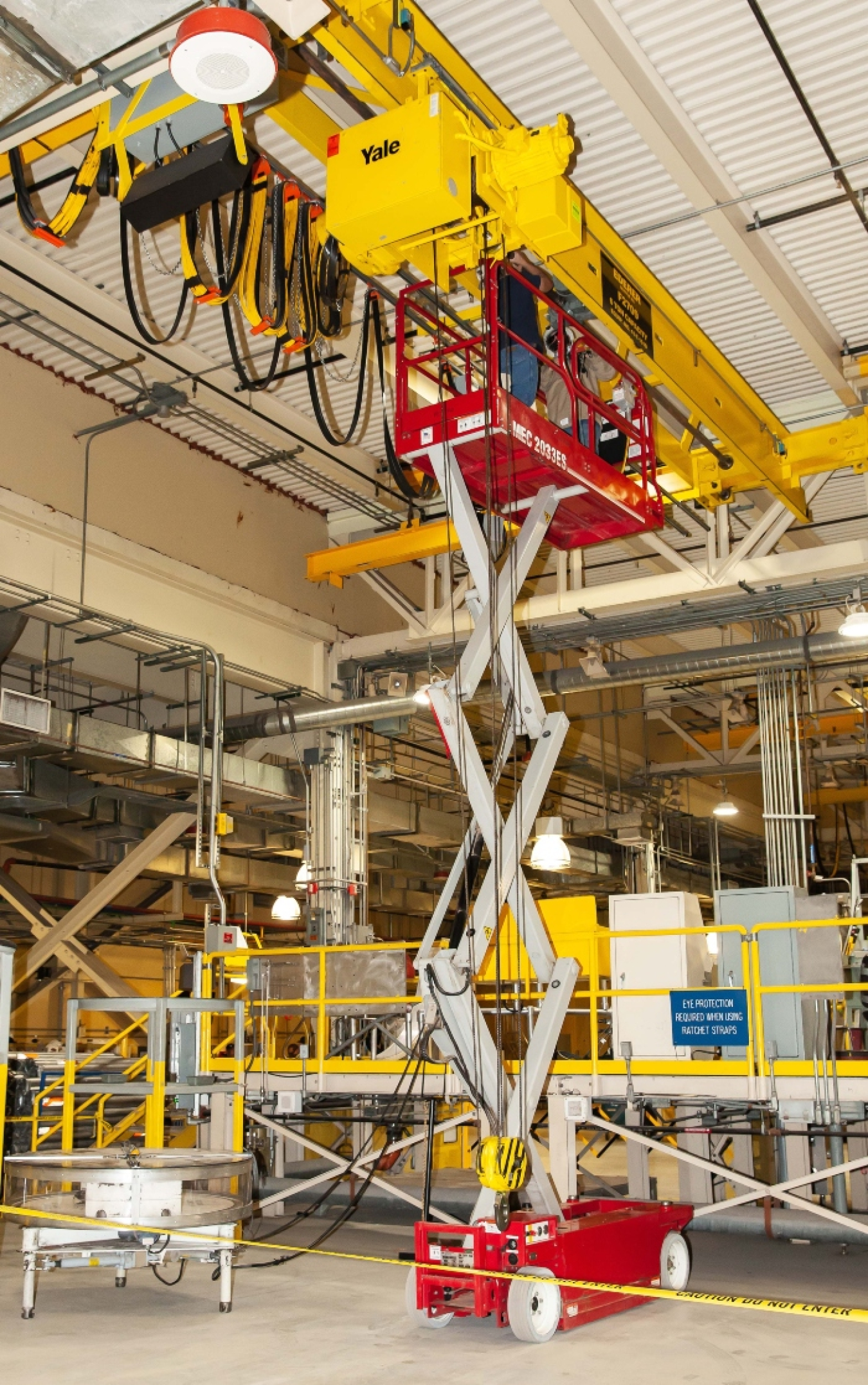They are three weeks into an eight-week maintenance outage, and crews are making steady progress to help keep the vital national mission.
Office of Environmental Management
March 9, 2021
CARLSBAD, N.M. – They are three weeks into an eight-week maintenance outage, and crews are making steady progress to help keep the vital national mission of the Waste Isolation Pilot Plant (WIPP) moving forward.
This year’s annual long maintenance break at the nation's only deep geologic repository for nuclear waste spans Feb. 15 to April 14, with 97 planned work activities using personnel from six departments, including mine operations, waste handling, hoisting, work control, safety, and engineering. The break includes site-wide power outages to accommodate electrical work.
“We are making great progress to complete the almost 100 activities planned for the annual long maintenance break,” said WIPP outage manager Andy Cooper. “All the work is critical to ensure all systems are working properly to support WIPP’s important national mission.”
Preventive maintenance checks are made on a schedule that can range from daily to annually. Quarterly efforts generally take about a week to tackle. Once a year, a multi-week outage is scheduled to handle projects needing the greatest effort that cannot be performed while normal transuranic waste operations are ongoing.
One of the largest outage projects began when crews started removing approximately 170 feet of railroad-like rails used to transfer waste pallets. The rails and metal plates will be removed, and the salt floor will be leveled. Gravel ballast will be added as a base layer, and the rails will be reinstalled.
Crews also began replacing a battery exhaust fan in the site’s waste handling building, a project expected to take two weeks. They also started testing and repair of a 13.8-kilovolt feeder cable between two onsite electrical substations, and replacement of air pressure instrumentation.
As of March 1, workers completed mechanical and electrical inspections on four contact-handled waste bay dock cranes; calibrations of dock instrumentation; a filter change-out on two ventilation fans; mechanical inspections on the supplemental ventilation system fan; mechanical and electrical inspections of two fans known as the 860-series fans; and inspections of eight bulkheads in the WIPP underground used to direct airflow.

